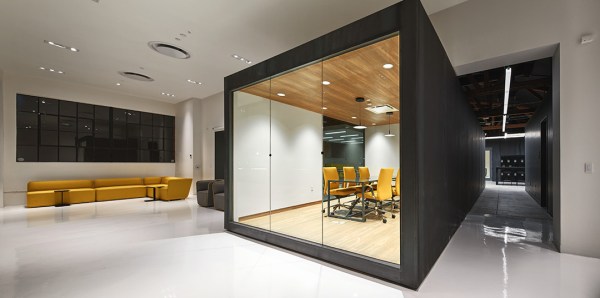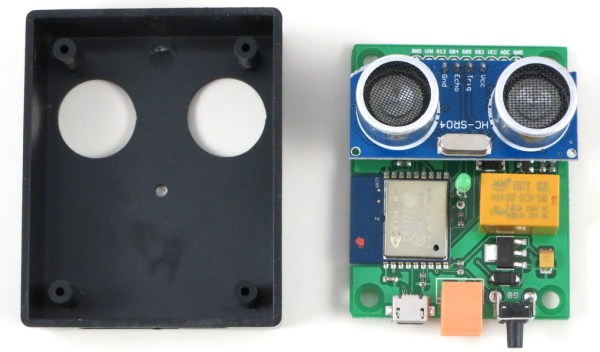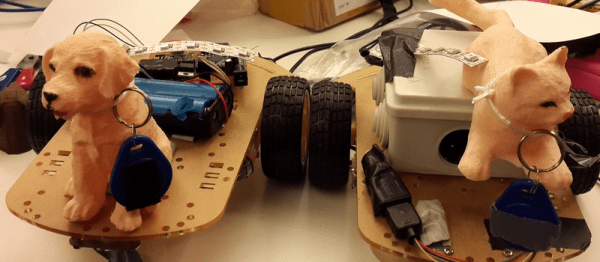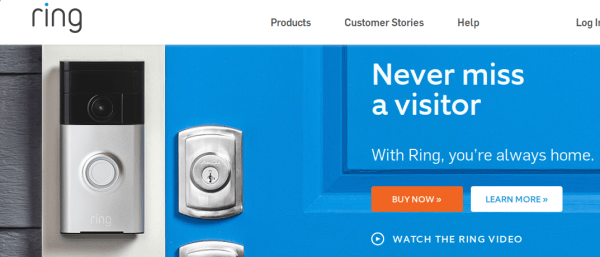Today marks the opening of the Supplyframe Design Lab in Pasadena, California. The Design Lab bills itself as the “leading edge creative center built to foster new ideas in technology and design”. Supplyframe had the vision to acquire Hackaday a few years ago, launched the Hackaday.io Community site which now has more than 150,000 members, and established The Hackaday Prize to spark engineering projects that benefit humanity. Pay attention to the Design Lab; looking back on this day you’re going to be able to say that you remember when it all started.
The equipment enshrined in the new space is spectacular. Name your material, and there are tools to work with it. Working with electronics? Mill your prototypes on a number of OtherMills available. Custom enclosure? Take your pick of milling it on the Tormach, PolyJet printing it on the Statasys, or FDM printing with a number of different high-end 3D printers. Need design software and beefy boxes to run it on? They have that too. Working in wood? A shopbot awaits you, as do traditional tools like a tablesaw, routers, sanders, etc. It’s a wonderland for making the imaginable real. If there ever was a time to quit your job and spend three months launching that dream product, this is it. The Design Lab has a residency program.
Supplyframe is all about enabling hardware creation. This is what sites like Parts.io and Findchips.com do: provide powerful tools for hardware engineers to better use their design skills. Founding a space like the Design Lab is a natural extension of this. Providing a work area, mentorships, and funding residencies breaks down the barriers that can prevent new hardware seeing the light of day. The Design Lab solves the issues of tools, materials, and hands-on experience that plague many a new hardware company.
Residencies will start on July 1st. Each runs for three months in which residents have unfettered access to the space and its tools, as well as financial support of $2000 per month. Each resident will self-identify into the product-track (you’re on your way to market with new hardware) or the art-track (you have a calling for an ambitious project and need to make it a reality). So far the Design Lab page lists three residents; a network of low-cost air quality sensors called Scintilla, a music synthesizer based around Teensy 3 called NanoEgg, and a mixed-reality public arts initiative called Perceptoscope. The Design Lab is still accepting applications for new residencies this summer and beyond — one of these residencies will also be offered to the Grand Prize winner of the 2016 Hackaday Prize.





















